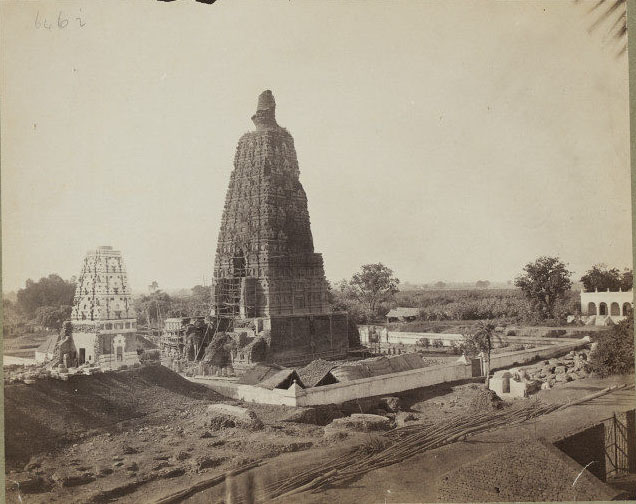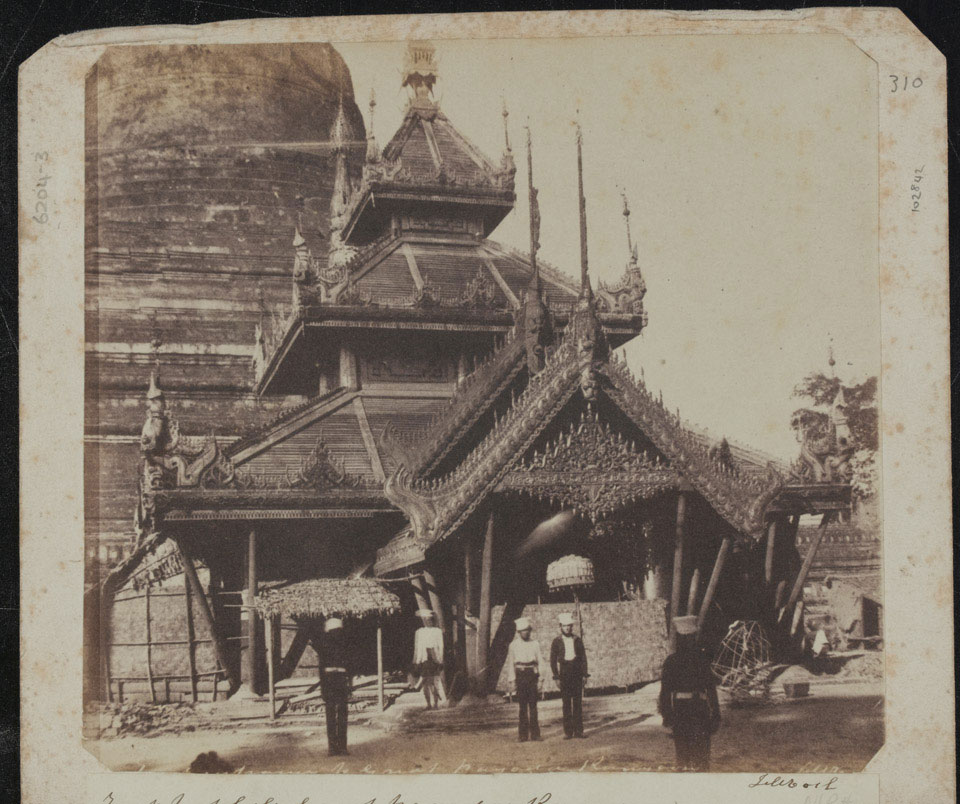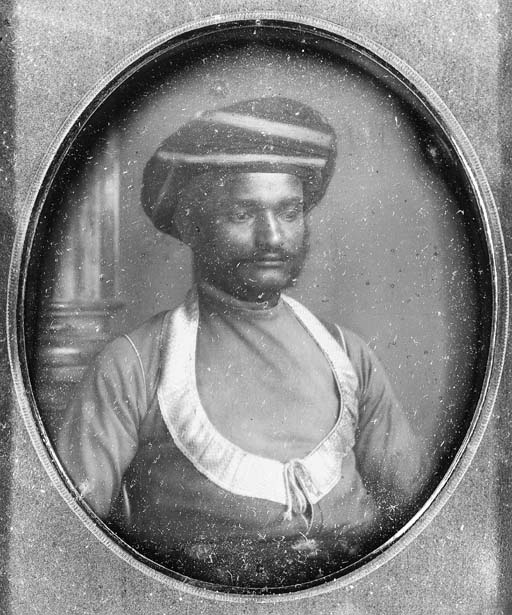Charles Shepherd (?–1912) was an English photographer and printer who worked in India during mid-to-late 19th century. He worked in a series of partnerships first with Arthur Robertson and started “Shepherd & Robertson” in Agra in 1862. “Howard, Bourne & Shepherd” was established in Shimla around 1863 by Samuel Bourne, Charles Shepherd, along with William Howard. And finally “Bourne & Shepherd” studio was established in 1863. In 1866, the Kolkata (Calcutta) studio became Bourne & Shepherd’ company’s headquarters, after Talbot House’ on the Mall Road at Simla. In 1870, Bourne went back to England.

Bourne & Shepherd was the most successful commercial studio in 19th-and early 20th-century India, with agencies all over India and outlets in London and Paris.
Bourne & Shepherd operated a portrait studio in Shimla, Kolkata and Mumbai (Bombay), and their clients included the cream of society the Viceroy of India, Indian Maharajas and Maharanis, and British Lords and Ladies.
In 1870, Samuel Bourne sold his shares to Colin Murray and returned to England. After Bourne’s departure, Charles Shepherd continued to photograph and undertook new photographic works at this stage he had sixteen European assistants. From 1876, Charles Shepherd started to operate and manage Bombay Studio until his departure from India around 1879. Bombay Studio continued operations till about 1902.
The Bourne & Shepherd Company survived in Calcutta under Indian ownership until it was destroyed in the fire on 6 February 1991. The Bourne & Shepherd Company was one of the oldest established photographic businesses in the world.
Samuel Bourne was more famous of the two partners, and although the firm’s early fame rested securely upon his photographic skill and commercial acumen, Charles Shepherd was a talented photographer and considered to be a master printer. Charles Shepherd stayed back in Shimla and managed the commercial distribution and printing aspects of the business of Bourne & Shepherd Company.
Shams-ud-din’s gateways and tomb
Charles Shepherd’s best known photographic work was the Woodburytypes and Autotypes used to illustrate Henry Hardy Cole (1872), “The architecture of ancient Delhi”.
A Woodburytype is a photomechanical process invented by Walter Bentley Woodbury (British, 1834–1885), Patented in 1864 and working details published 1865. The Woodburytype was considered the most perfect photomechanical reproduction process of its day.
A dichromate-sensitized sheet of gelatin is exposed to UV-rich light through a photographic negative, causing each area of the gelatin to harden to a depth proportional to the amount of exposure. It is then soaked in warm water to dissolve the unhardened portion of the gelatin. The resulting relief image is pressed into a thick sheet of lead under about 5000 pounds per square inch of pressure. This creates an intaglio metal printing plate, which is used as a mould. It is filled with liquid pigmented (usually brown) gelatine and a sheet of paper is then pressed down onto it, squeezing out the excess gelatin and attaching the remainder to the paper. After the gelatin has set sufficiently, the print is stripped from the mould, trimmed, and usually mounted onto a larger sheet or card.
It is the only photomechanical process that achieves the continuous tone found in true photographs. The Woodburytype process was one of the first successful photomechanical processes fully able to reproduce the delicate halftones of photographs. It was often considered the most perfect, most beautiful photomechanical process and inspired a number of books, magazines, and special edition printings between 1864 and 1910.
Charles Shepherd’s earlier works and his prints that he made for his partners like Samuel Bourne, William Howard, Arthur Robertson are preserved at the National Portrait Gallery Archive and Library, London, the National Geographic Society‘s Image Collection and the Smithsonian Institution. Many of his photographs and prints were published in books on India and their prints purchased by generations of residents and tourists, so much so that their surviving work forms the most detailed visual source for the Indian subcontinent.

Reference
https://enacademic.com/dic.nsf/enwiki/9507453
http://www.luminous-lint.com/
http://blog.artsome.co/archetype-of-vintage-photography-bourne-and-shepherd-figures-in-time/
https://www.getty.edu/
janus.lib.cam.ac.uk
https://www.loc.gov/rr/print/coll/589_woodbury.html
www.alternativephotography.com
www.getty.edu
https://www.bl.uk/







